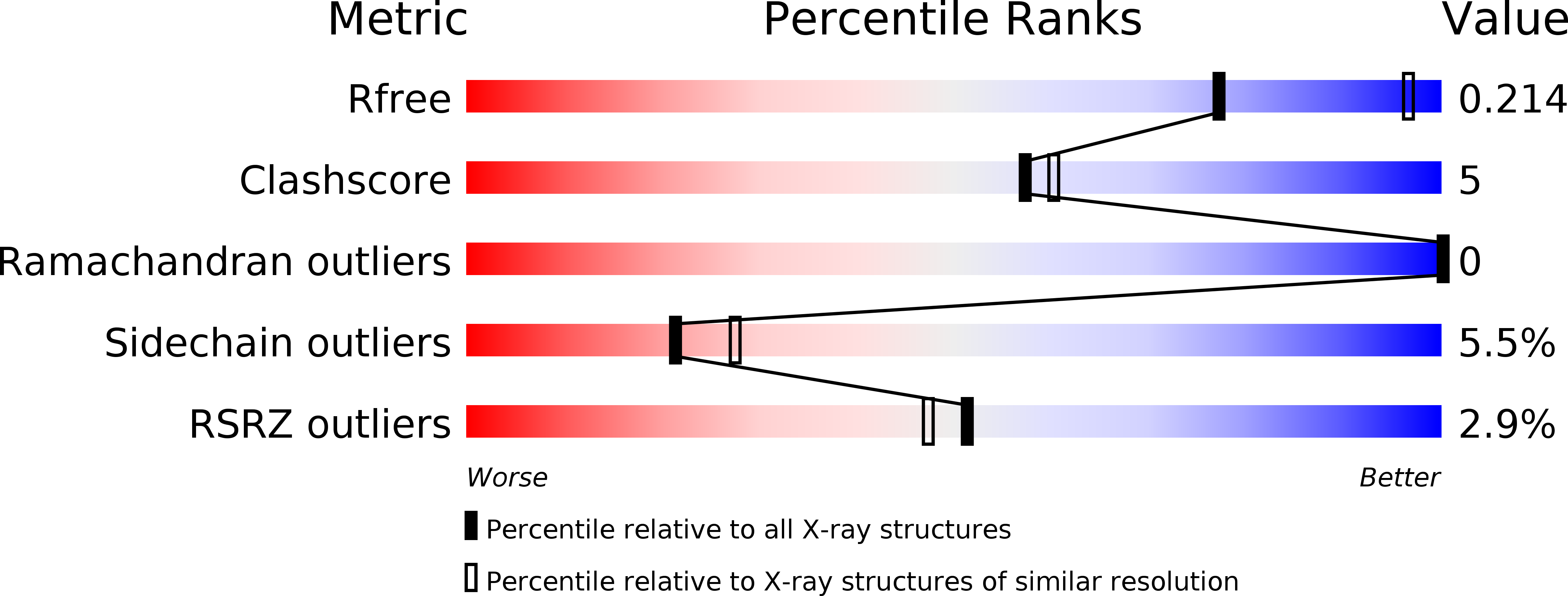
Deposition Date
2017-06-30
Release Date
2019-01-02
Last Version Date
2024-03-27
Method Details:
Experimental Method:
Resolution:
2.45 Å
R-Value Free:
0.21
R-Value Work:
0.18
R-Value Observed:
0.18
Space Group:
P 61 2 2


